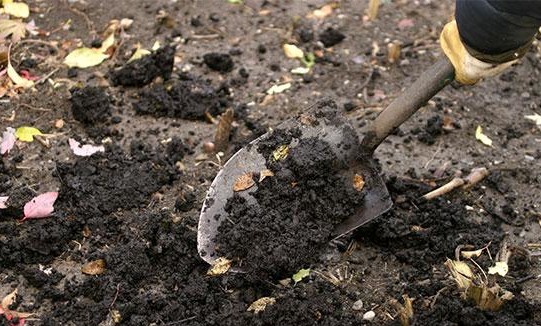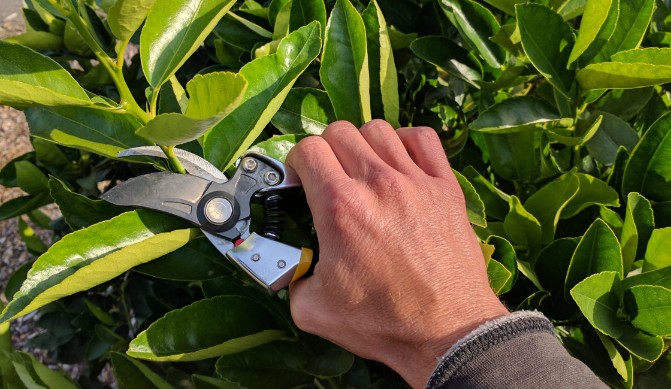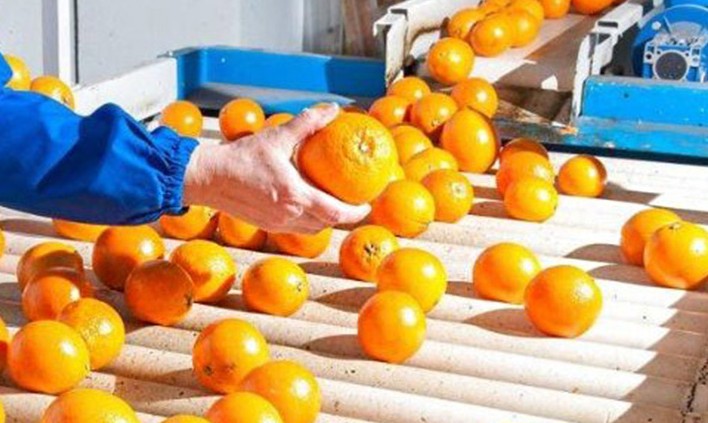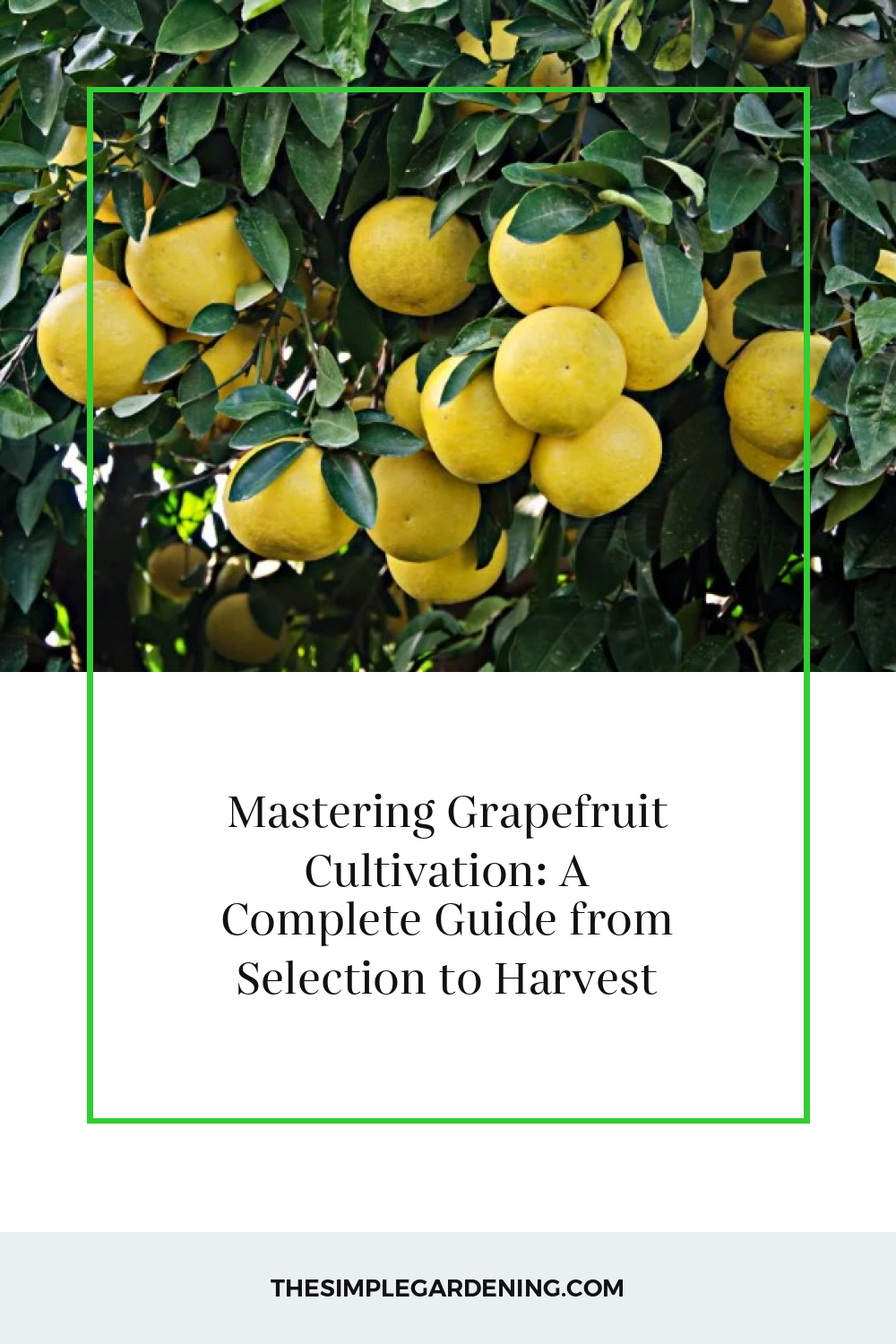In this article, we’ll explore everything you need to know, from selecting the right variety for your region to harvesting and marketing your fruits. Let’s dive in!
Selecting the Right Variety of Grapefruit for Your Region

When it comes to grapefruit cultivation, choosing the right variety is crucial for success. Consider factors such as climate, soil type, and disease resistance. Varieties like Ruby Red, Marsh, and Star Ruby are popular choices known for their delicious taste and adaptability to various growing conditions.
Choosing the Ideal Site for Grapefruit Cultivation
Soil, Sunlight, and Climate Requirements
Grapefruits thrive in well-drained soil with a pH level between 6 and 7. They require full sunlight for optimal growth and fruit production. Additionally, grapefruits prefer warm climates with mild winters and hot summers, making them ideal for regions with Mediterranean or subtropical climates.
Planting Grapefruit Trees Timing and Spacing Guidelines

Plant grapefruit trees in the spring after the threat of frost has passed. Space trees approximately 15 to 20 feet apart to allow for proper root development and air circulation. Dig a hole twice as wide and just as deep as the root ball, and backfill with soil mixed with organic matter.
Soil Preparation and Amendment

Before planting grapefruit trees, it’s essential to prepare the soil properly. Conduct a soil test to determine nutrient deficiencies and pH levels. Amend the soil as needed with organic matter, such as compost or aged manure, to improve fertility and drainage.
Watering Practices Establishing and Maintaining Grapefruit Trees
Water newly planted grapefruit trees deeply and regularly to help them establish healthy root systems. Once established, water mature trees deeply but infrequently, allowing the soil to dry out slightly between waterings. Avoid overwatering, as it can lead to root rot and other problems.
Fertilizing Grapefruit Trees Nutrient Requirements and Application Methods
Grapefruit trees have specific nutrient requirements for optimal growth and fruit production. Apply a balanced fertilizer formulated for citrus trees in early spring and late summer. Additionally, consider supplementing with micronutrients like zinc and iron to prevent deficiencies.
Pruning Grapefruit Trees For Optimal Growth and Fruit Production

Pruning is essential for maintaining the health and productivity of grapefruit trees. Remove dead, damaged, or diseased branches, as well as any suckers or water sprouts. Thin out the canopy to improve air circulation and sunlight penetration, which helps prevent pest and disease problems.
Managing Pests and Diseases
Grapefruit trees are susceptible to various pests and diseases, including citrus psyllids, aphids, and citrus greening disease. Monitor your trees regularly for signs of infestation or infection, and take prompt action to control pests and diseases using organic or chemical methods as needed.
Weed Control Strategies In Grapefruit Orchards
Weeds compete with grapefruit trees for water, nutrients, and sunlight, so it’s essential to keep them under control. Use a combination of mulching, hand weeding, and herbicides to manage weeds effectively. Apply mulch around the base of trees to suppress weed growth and conserve soil moisture.
Mulching Techniques To Conserve Soil Moisture and Suppress Weeds
Mulching is a valuable practice in grapefruit cultivation for conserving soil moisture and suppressing weed growth. Apply a layer of organic mulch, such as wood chips or shredded bark, around the base of trees, keeping it several inches away from the trunk. Replenish mulch as needed to maintain a consistent depth.
Training Grapefruit Trees For Structure and Ease of Harvest
Training grapefruit trees involves shaping their growth to achieve an open, balanced canopy and facilitate ease of harvest. Prune young trees to encourage a strong central leader and well-spaced lateral branches. Use trellises or stakes to support heavy fruit-laden branches and prevent breakage.
Thinning Fruit For Improved Quality and Yield
Thinning fruit is essential for promoting larger, healthier fruits and preventing branch breakage due to heavy fruit loads. Remove excess fruit when they’re still small and green, leaving space between remaining fruits to allow for proper development. Thinning also helps prevent alternate bearing and ensures consistent yields.
Protecting Grapefruit Trees from Frost And Cold Temperatures
Grapefruit trees are sensitive to frost and cold temperatures, which can damage foliage, flowers, and fruit. Take proactive measures to protect your trees during cold snaps, such as covering them with frost blankets or installing frost protection devices like heaters or wind machines. Additionally, plant trees in frost-free locations or use microclimate modifications to minimize frost risk.
Harvesting Grapefruit Signs of Maturity and Proper Techniques
Harvest grapefruits when they reach their peak ripeness, usually between late fall and early spring depending on the variety. Look for fruits that are firm, heavy for their size, and have deep coloration. Use pruning shears or hand-pick fruits carefully to avoid damaging the tree or remaining fruit.
Post-Harvest Handling and Storage Of Grapefruit

Proper post-harvest handling and storage are essential for preserving the quality and freshness of grapefruits. Wash fruits gently to remove dirt and debris, then dry them thoroughly before storing. Store grapefruits in a cool, dry place away from direct sunlight, and use them within a few weeks for the best flavor and texture.
Dealing with Common Problems In Grapefruit Cultivation
Despite your best efforts, grapefruit trees may encounter various problems such as yellowing leaves, poor fruit set, or fruit drop. Identify the underlying causes of these issues, such as nutrient deficiencies, pest infestations, or environmental stressors, and take appropriate corrective measures. Consult with local extension services or experienced growers for tailored advice and solutions.
Organic and Sustainable Practices In Grapefruit Farming
Embracing organic and sustainable practices in grapefruit farming is not only beneficial for the environment but also for the health and quality of your fruits. Use organic fertilizers, pest control methods, and soil amendments to minimize environmental impact and promote ecosystem health. Implement water conservation measures, such as drip irrigation or rainwater harvesting, to reduce water usage and preserve natural resources.
Integrating Grapefruit Trees Into Agroforestry Systems
Integrating grapefruit trees into agroforestry systems offers numerous benefits, including soil conservation, biodiversity enhancement, and increased farm resilience. Plant trees alongside complementary crops or livestock to create synergistic relationships and maximize land use efficiency. Experiment with different agroforestry designs and techniques to find the optimal balance between productivity and sustainability.
Marketing and Selling Grapefruit Local Markets, Direct Sales, and Distribution Channels
Once you’ve harvested your grapefruits, it’s time to market and sell them to eager consumers. Explore local farmers’ markets, roadside stands, or direct-to-consumer sales channels to connect with customers and showcase your fresh, delicious fruits. Consider partnering with restaurants, grocery stores, or online retailers to reach a broader audience and increase sales opportunities.
Continuous Learning and Adaptation
In Grapefruit Cultivation
The world of grapefruit cultivation is constantly evolving, with new varieties, techniques, and challenges emerging regularly. Stay informed and engaged by participating in research projects, attending workshops or conferences, and networking with fellow growers. Continuously evaluate and adapt your practices to meet changing market demands, environmental conditions, and consumer preferences. By embracing a mindset of lifelong learning and adaptation, you can ensure the long-term success and sustainability of your grapefruit farming endeavors.
Congratulations! You’ve completed the journey from selecting the right grapefruit variety to marketing your harvest. Armed with the knowledge and techniques outlined in this guide, you’re well-equipped to embark on your grapefruit cultivation adventure. Remember to stay curious, stay resilient, and above all, enjoy the fruits of your labor. Happy growing!


